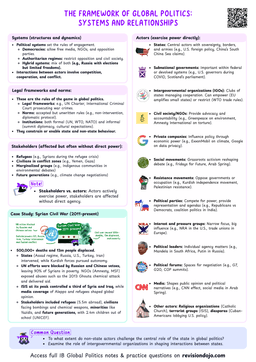Understanding World Norms
World norms
World norms are shared expectations and standards that guide the behavior of states and other actors in the international system.
World norms are not legally binding but influence how countries and organizations act.

The Evolution of Norms
- Historical Context: Norms have evolved over time, often in response to major global events.
- Institutional Frameworks: International organizations like the UN play a key role in developing and promoting norms.
- Cultural and Regional Influences: Norms can vary based on cultural, historical, and regional contexts.
- Social Media and Norms of Rights and Justice
- Social media amplifies awareness of rights violations by quickly spreading footage of abuse, especially of marginalised groups.
- Global coverage of events like police brutality has shaped world norms and pressured institutions to act.
- World norms are not static, they evolve as global challenges and values change.
Key Norms in Rights and Justice
1. Human Rights
- Universal Declaration of Human Rights (UDHR): Adopted in 1948, it established a global standard for human rights.
- International Covenants: The International Covenant on Civil and Political Rights (ICCPR) and the International Covenant on Economic, Social and Cultural Rights (ICESCR) further codified these rights.
- International Humanitarian Law (IHL): IHL limits harm during armed conflict by restricting weapons and tactics that cause unnecessary suffering, such as:
- 1972: Biological Weapons Convention
- 1993: Chemical Weapons Convention
- 2000: Protocol on Rights of the Child in Conflict
- The Universal Declaration of Human Rights (UDHR) Article 1, "All human beings are born free and equal in dignity and rights" is considered a world norm because:
- It has become a universally accepted moral and legal standard for how individuals should be treated, regardless of nationality, race, or background.
2. Justice and Accountability
- International Criminal Court (ICC): Established in 2002 to prosecute individuals for crimes like genocide and war crimes.
- Responsibility to Protect (R2P): A norm that emerged in the early 2000s, emphasizing the international community's duty to prevent mass atrocities.
Responsibility to Protect (R2P)
- R2P is a global norm that holds states and the international community accountable for preventing and responding to mass atrocities.
- The Three Pillars of R2P
- Pillar I: States must protect their populations from genocide, war crimes, ethnic cleansing, and crimes against humanity.
- Pillar II: The international community should assist states in fulfilling this responsibility.
- Pillar III: If a state fails to protect its people, the international community must intervene appropriately (e.g., sanctions, legal action, or force) in line with international law.
- Three Core Responsibilities
- Prevent: Address both root and immediate causes of mass violence.
- React: Respond with proportionate measures, including possible military action.
- Rebuild: Support post-crisis recovery, reconciliation, and justice.
3. Sovereignty vs. Intervention
- Westphalian Sovereignty: The principle of non-interference in domestic affairs.
- Evolving Norms: R2P challenges traditional sovereignty by prioritizing human rights over state autonomy.


